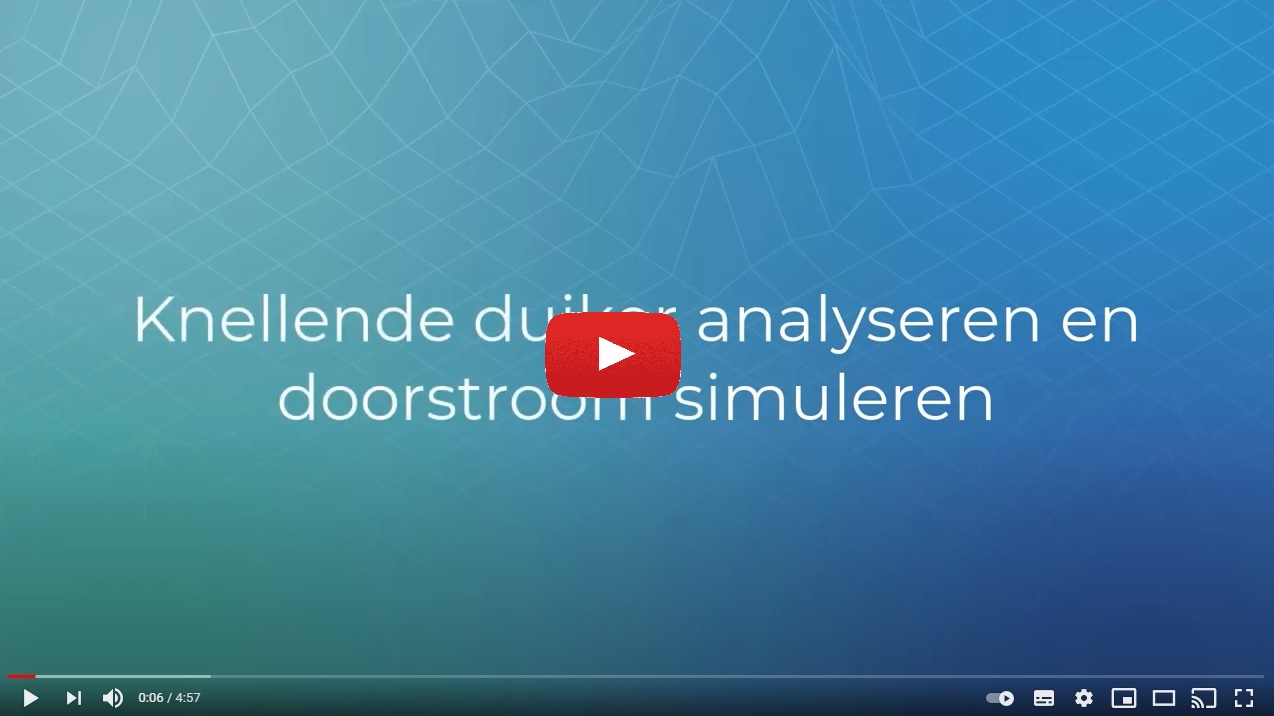Object height output (Water Overlay): Difference between revisions
Jump to navigation
Jump to search
No edit summary |
No edit summary |
||
| Line 19: | Line 19: | ||
|howtos= | |howtos= | ||
* [[How to find the Object flow output attribute related to a specific Overlay]] | * [[How to find the Object flow output attribute related to a specific Overlay]] | ||
* [[How to inspect object output attributes of an overlay using the measurement tool]] | |||
* [[How to export the Object flow output as measurement]] | * [[How to export the Object flow output as measurement]] | ||
|seealso= | |seealso= | ||
Revision as of 12:48, 17 January 2023
| Icon | Key | Unit | Range | Description | Default value |
|---|---|---|---|---|---|
| OBJECT_HEIGHT_OUTPUT | m + datum | An array of values, each value indicating the height that the object had at the time of the timeframe recording. | None |
This attribute is automatically created for all relevant hydraulic structures in a project when a water calculation is performed. When the calculation is complete, the attribute is updated automatically.
All hydraulic structures have an OBJECT_HEIGHT_OUTPUT attribute. Also a breach area and a Sewer area have this attribute.
Notes
- This attribute does not need to be created when configuring the project. This attribute is created automatically by the Water Overlay when a calculation is performed.
- Each Water Overlay will create this attribute with the ID of an Overlay appended to it, to prevent the results of multiple Water Overlays storing their results in the same attribute by default.
How-to's
- How to find the Object flow output attribute related to a specific Overlay
- How to inspect object output attributes of an overlay using the measurement tool
- How to export the Object flow output as measurement





